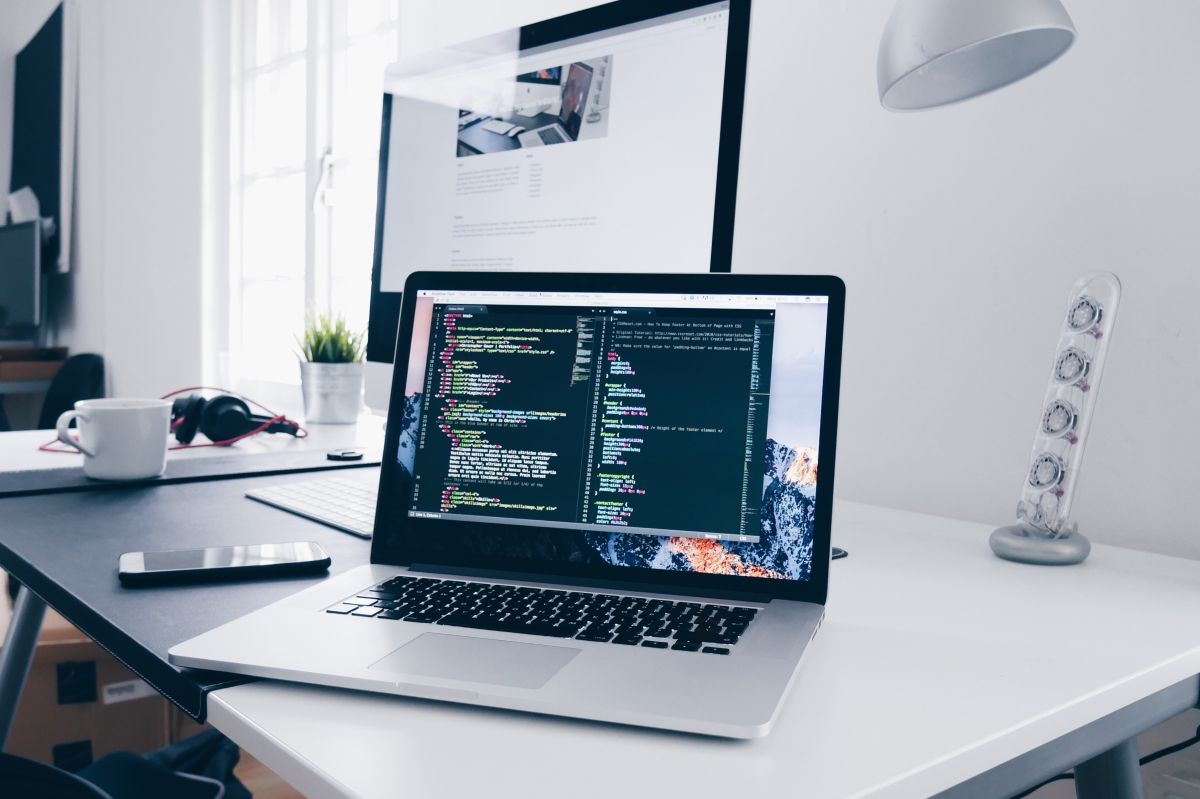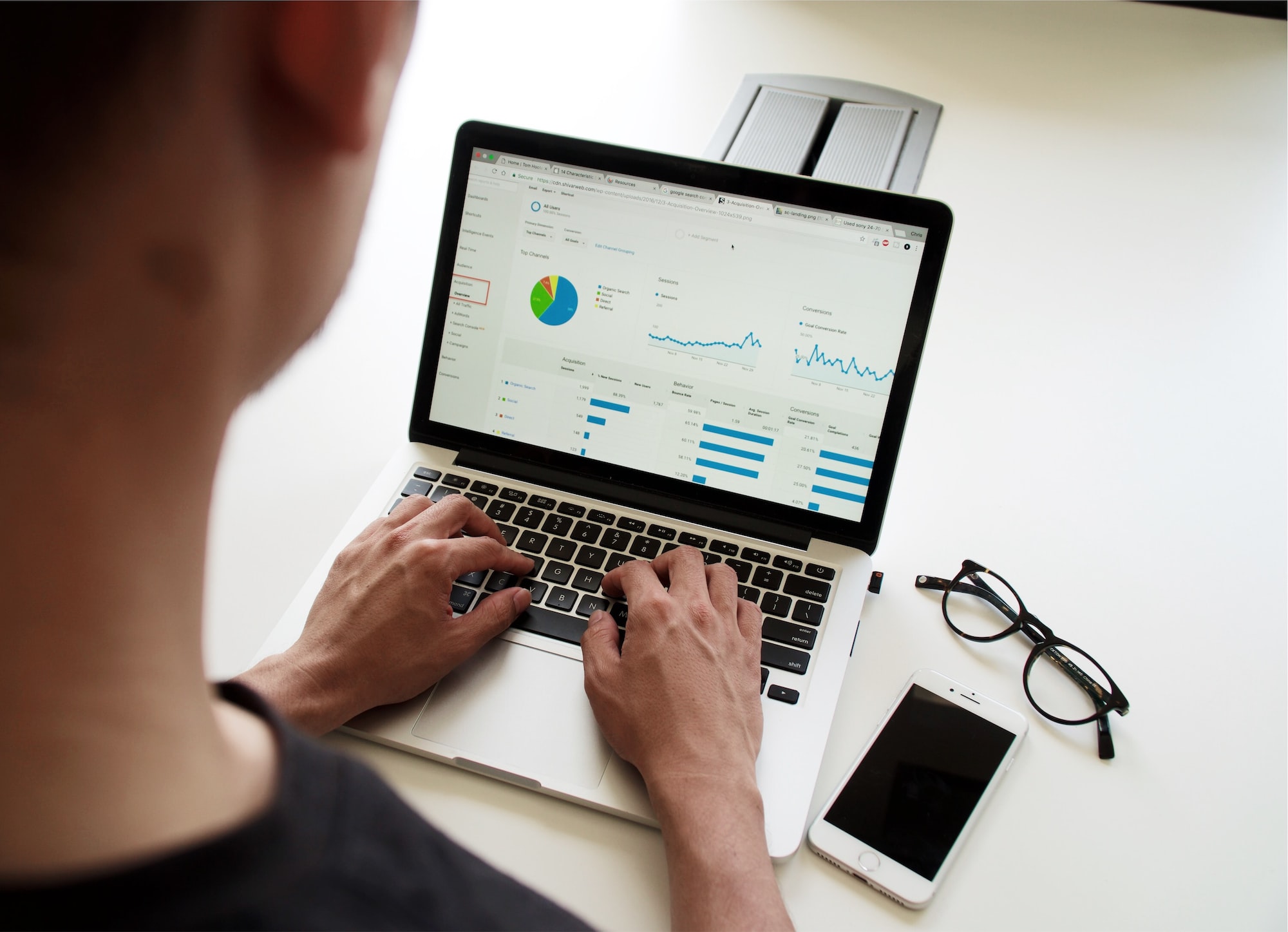Preparing for the business analyst interview? Here is a list of typical business analyst interview questions and answers for your next big interview.
1. Can you elaborate on a Use Case Model?
It is the interaction between any user and the system. It projects the navigation route that the user is most likely to follow. It can be very well depicted in use case diagrams.
2. What is understood by alternate flow in Use Case?
Any action that the user takes which does not follow the basic route then it is called an alternate flow.
3. What is the best way of using an Activity Diagram?
It successfully captures and represents visually the flow of user in a system. The best way of using it is at conceptualization stages.
4. Which are the types of diagram you use most and why?
Possible answer 1:
Various types of diagrams are used. Some of my favourite ones are activity diagrams, data flow diagram, use-case diagram, class diagram, sequence diagram, and a collaboration diagram. I personally like to merge diagrams to have a more coherent approach.
Possible answer 2:
I have found the most effective diagrams to be Product roadmaps, feature mind maps, and process flow diagrams. I am also well versed with other forms of diagrams such as class diagrams, sequence diagrams, and of course activity diagrams.
5. What is a persona?
In the place of real users, personas are used to create and understand behavioral patterns that real-users will be undertaking.
6. What does OLTP stand for? What is its use?
OLTP or Online transaction Processing helps in data entry and processing for the purpose of data management and interpretation into the database.
7. What is SaaS?
SaaS stands for software as a service. Since it is based on a cloud, a web browser is required to use the software. A very popular example is an online email service like Gmail.
8. Enlist the documents you use the most and why.
Possible answer 1:
I personally use documents such as Functional Specification document, Technical Specification document, Business requirement document, Use Case diagram, Requirement Traceability Matrix, etc. My favorite is the Functional Specification document as it helps in the designing process as well as for testing and coding.
Possible answer 2:
For documentation, I regularly use documents such as User Stories, Use Case diagrams, Requirement Traceability Matrix. I start off with a project Vision documentation and follow a Logical Pathway documenting each step through case stories, requirement document, and metrics, ultimately leading to test cases.
9. What do you understand by INVEST?
INVEST or Independent, Negotiable, Valuable, Estimable, Sized Appropriately, Testable, comprises the elements of the entire process which guarantees a high-quality product.
10. Which one do you prefer more - a waterfall model or a spiral model?
Depending on the culture of an organizational lifecycle, model for a product such as a waterfall or spiral can be rightly ascertained.
11. Brief us on your understanding of BPMN.
Business Process Model and Notation is used for illustrating the business process in a model and to help arrive at graphical notations. It helps in controlling sequence and also interactive flows.
12. What is the use of Pareto Analysis?
Pareto analysis enables a Business analyst in effectively putting 20% of work to arrive at 80% project completion. It is considered to be a very effective decision-making tool. It helps prioritize tasks in order to get maximum benefits.
13. Define Agile Manifesto?
Agile manifesto is the ultimate guideline for developing better software. It has four key elements such that individual and interactions should get priority over the process and tools, working software should be given due importance over detailed documentation. It also emphasizes on the need for required change rather following a plan.
14. What are the key features of GAP Analysis?
GAP Analysis is used to address differences that are noticed in the performances between business information system and actual performances in terms of metrics. A GAP Analysis identifies the problems and is directed towards a plan to rectify the issues.
15. What is the importance of FMEA?
Failure modes and effects analysis provides detailed possible failure scenarios at every step.
16. When would you use Pugh Matrix?
It is a decision-making method that helps in evaluation of advantages and disadvantages against a reference system.
17. Which are the tools you use the most?
Possible answer 1:
I prefer the following tools the most ERP systems, Rational Tools, MS Visio, MS Word, MS Excel, PowerPoint, MS Project.
Possible answer 2:
On a daily basis, while functioning as a business analyst, I find myself using tools such as MS Word, Google Drive, Star UML, ERP systems, Rational Tools the most.
18. Why is benchmarking required?
It is required to set standards for a company. It helps match policies with performance. It is required to set standards for a company. It helps match policies with performance.
19. What are the features of a good requirement?
A requirement is believed to be good when it is SMART or Specific, Measurable, Attainable, Relevant, and Timely.
20. Do you have any strategy to address difficult stakeholders?
Possible answer 1:
Once a difficult stakeholder is identified I personally take into account their motivation for resistance. I would try to discuss their concern as promptly as possible. I never take any difficult stakeholder problem personally, rather I just try to do my best to resolve the issue.
Possible answer 2:
I have already had several encounters with difficult stakeholders in the past 7 years of working as a business analyst. While most of the time I have handled the stakeholders in question tactfully without any help from higher authorities, there had been times when certain stakeholders would stay adamant. In such situations, I have escalated the issue and taken necessary help. I believe matters with stakeholders, especially primary stakeholders should be urgently resolved at any cost.
21. What are the key elements that fulfill requirements?
As a business analyst, I very well understand the need to fulfill requirements as it is our key responsibility. We have to see into the presence of adequate resources and fulfillment of business goals that are the pillars to meet requirements. Additionally, though it may mean going beyond the requirements the agreement of stakeholders is extremely beneficial to the overall project.
22. Can you elucidate the difference between the V model and fish model?
Fish model, unlike the V model, cannot take into account uncertainties in requirements. It is also more time-consuming and expensive.
23. Explain the steps that turn an idea into a product?
The steps include Market Analysis, Competitor Analysis, SWOT Analysis, Personas, Strategic Vision and Feature Set, Prioritize Features, Use Cases, SDLC, Storyboards, Test Cases, Monitoring, Scalability. The role of personas and feature prioritization is extremely crucial.
24. What is understood by Application Usability?
If the interaction between a user and a system is seamless, it is said to have good application usability. It is the sum total of navigation experience of a user.
25. Define a database transaction?
Any change within the database is called a database transaction. It can be in the form of addition, deletion, modification, searching to name a few.
26. Elaborate on the use of 8-omega in a business framework?
It works for the betterment of a business framework. It mainly takes into account strategy, people, process, and technology.
27. Can you explain the meaning of SQUARE
SQUARE or Security Quality Requirements Engineering helps to document system security requirements.
28. When do you use Pair-choice technique?
This is a prioritization technique. Its main aim is to identify the most important items in a process. It is usually determined by the key stakeholders. A comparative analysis helps to analyze different metrics to assign significance.
29. Are you familiar with the difference between pool and swimlane?
In an activity diagram, pool denotes single person engrossed in one activity, however, swimlane means activities among groups.
30. Can you explain the difference between a risk and an issue?
The risk is the potential threat while the issue is the real danger which has already taken place and is a setback. For instance, when a strike is called by workers during the last days to finish a product, it will be considered an issue. If there is just a warning for the strike, then it would be considered a threat.
31. What do you understand by requirement elicitation?
Requirement elicitation collects information from users as well as stakeholders in order to understand what they want from a system. It is comprised of strategies that directly collaborate with the users or customers. The customer behaviour is closely monitored and sometimes prototypes are built and run through different scenarios.
32. How do you manage a scope creep?
It is best to avoid scope creep through constant and vigilant project management. In case of a scope creep or deviation, steps should be taken to arrest the development of scope creeps to cut down on further damages. It can be done by following a proper protocol and documentation.
33. What is BCG matrix?
Boston Consulting Group matrix helps plan long-term strategies with the help of two dimension analysis of market growth and share.
34. When do you need to use the Kano analysis?
In order to understand the impact of customer satisfaction, a Kano analysis must be used. It consists 5 requirements:
An attractive requirement - For example, a supermarket that does not charge for the shopping bags.
Performance requirement- For example, a stationary shop that has all the school supplies which are affordable as well.
An obligatory requirement- For example, a pharmacy that doesn’t store expired medicines.
Indifferent requirement- For example, a customer would not care for the brand of wiring that a garment shop uses.
Reverse requirements - For example, for an online purchase of an affordable blender which needs to be pre-ordered.
Business Analyst HR Interview Questions and Answers
1. Why should we hire you?
Possible answer 1:
I have been working as a business analyst for the last 5 years, I am well-versed in all document types and I have a proven track record of managing difficult stakeholders. The position that you are offering now, suits me the most. I am sure I will help the company grow as I have done in previous companies.
Possible answer 2:
I have the right skill-set that you are looking for. Being a pro with Saas, FMEA, diagrams, and documentation, I am a known problem-solver. I will fit into your team perfectly and steer towards further growth.
Possible answer 3:
I have been working in start-ups to help them gain a competitive advantage. I am known for data mining and interpreting skills. With my experience and knowledge, your start-up will definitely receive an impetus.
2. Why do you want to become a business analyst?
Possible answer 1:
I have a knack for understanding clients and their needs. I always wanted to channel the voice of customers to business owners. I can very well achieve that by being a business analyst.
Possible answer 2:
I love interacting with all departments. I believe only a business analyst has the most comprehensive role in an organization. For instance, the technical side of a product intrigues me. So the know-how that I gather helps me better handle the business aspect of a product, thus positively contributing to the overall profitability of the product.
3. What do you think is the biggest challenge for a business analyst?
Possible answer 1:
As a business analyst, I feel the biggest challenge is when two stakeholders have conflicting interests. It delays projects until and unless it gets sorted. I generally use Elicitation Requirement or do a Pareto Analysis to resolve the conflict.
Possible answer 2:
Often business owners start with a plan but suddenly decide to change or modify it even though it is well under its way to implementation. Such abrupt accommodation to suit the business owner becomes a huge challenge for business analysts. In such cases, I try to directly resolve with the stakeholder.
4. What makes you a good business analyst?
Possible answer 1:
There are many aspects that make me a better business analyst than many. My role as a business analyst calls for maintaining good intra-personal skills with the different teams. My communication skills and team-building effort helps me greatly in achieving that.
Possible answer 2:
I believe business analysts need to be very detail-oriented. They should also have a determined yet mild temperament so that they can stay calm in difficult situations. I possess these traits apart from the technical qualifications.
5. Do you have any questions for us?
You can consider asking the following questions:
- What are your expectations from a business analyst?
- Which phases are your current business analyst working on?
- Do you have a centralized business analyst team?
- Are your business analysts also involved in system analysis?
- Do you follow strict processes or methodologies?
- What are the biggest challenges your business analysts are facing?
- Do you have many difficult stakeholders?
Tips for answering business analyst interview questions
Here are a few tips that you can follow for your interview.
1. Re-familiarize yourself
There might be terms that you may not use daily as a business analyst. But when preparing yourself for an interview, brush your basics. Learn all relevant full forms and be ready with examples.
2. Narrate your experience
While elaborating on a documentation or a diagram, narrate an incident where you had used it. Also, explain how it helped you. As a problem solver, cite examples of measurable growth that you contributed in your tenure.
3. Case-studies
Prepare case-studies and formulate model questions that you may be asked. Get ready with what you already know. Explore data and be thorough with your software updates and business model knowledge.
4. Comprehension
Listen to the question carefully, answer only what is relevant. Too much or too little explanation of technical terms are not required.
5. Highlight your strength
It is important to speak of your achievements and strength in details and establish your effectiveness. Tell a good, engaging, and relevant story of your leadership skill.
As a business analyst, you will play a very crucial role in the organization. Expectation will be high. Brace yourself and embark on your journey to make a difference.
Popular books to read for business analyst interview
- 100 Questions To Crack Business Analyst Interview by TheDataMonk
- How to Start a Business Analyst Career by Laura Brandenburg
- How to Land a Top-Paying Business Analysts Job by Ryan Patel.
- Business Analyst's Mentor Book by Emrah Yayici
- How To Ace Your Business Analyst Interview: A Guide For Aspiring Business Analysts







